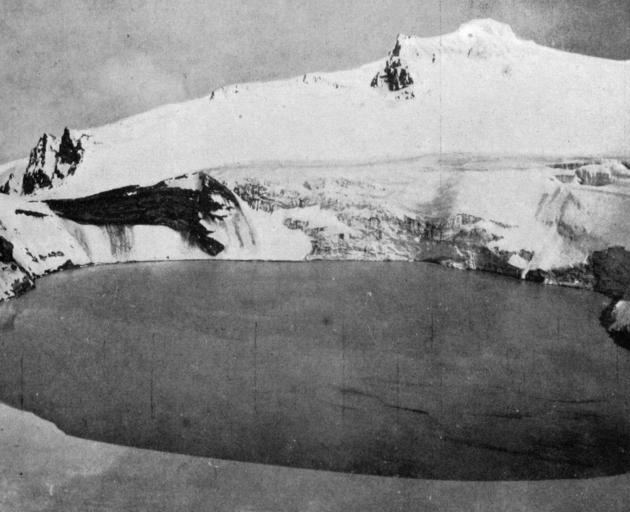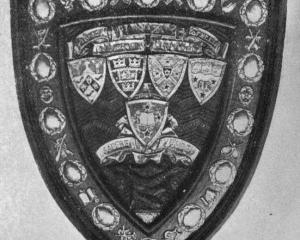
Speaking to a Wellington Post reporter, Mr Duff said that there were huge areas of timber country in Westland only awaiting the expenditure of capital to be developed. Such a place as Jackson's Bay - a natural harbour with enormous possibilities - would be an ideal port, and once the land was cleared it was anticipated that dairying would be the chief industry. All that is wanted is bridges and roads, for lack of which very large stretches of country are practically unproductive.
Men killed by mine on beach
On Monday morning three Maoris - Edward Whare and two brothers named Puhura - left Pukewera, a bluff between Port Waikato and Raglan, to attend a sports meeting at Karaka. They reached the mouth of the Waikouria Creek, and coincident with their arrival a farmer named Michael Ryan, living in the vicinity, heard a terrific explosion. On rushing out to investigate, Mr Ryan saw a huge column of smoke rising from the direction of the sea front. Here he found fragments of the three men and their three horses, while harness was scattered in all directions. Subsequently the police recovered the remains. They also found pieces of steel and other metal which appeared to be part of a mine, which in exploding made a huge hole in the beach. The deceased were identified from their clothing by other Maoris. It is presumed that the heavy weather recently experienced swept a mine ashore, and that the Natives were attempting to recover it when it exploded.
Flooding delays trains
The Invercargill-Christchurch express was held up at Gore yesterday morning for an hour owing to the fact that several inches of water were reported on the line at M'Nab, two and a-half miles north of Gore. The waters subsided, and the express reached Dunedin at 11.45 a.m. (46 minutes late), leaving for Lyttelton at noon. A sharp rise occurred in the Molyneux River in the Clutha Valley on Monday night, and on Tuesday morning the temporary repairs that had been effected to the break which occurred in the embankment at Smith's (Stirling) during the recent big flood gave way, and a considerable area of the Stirling and Kaitangata flats have been submerged, the water in places being from 2ft to 3ft in depth. The Kaitangata branch line is flooded, and it is not expected that the train service will be resumed before Saturday.
Lyttelton town lighting
Few towns of similar size at present can boast a better street lighting system than Lyttelton. Some 122 electric lamps have been installed, and on Thursday night the current was turned on. The lighting has been carried out on the series system similar to that of Christchurch. It extends above Officers Point on the Sumner road to Corsair Bay and to distant places at the rear of the town.
- ODT, 23.4.1919












